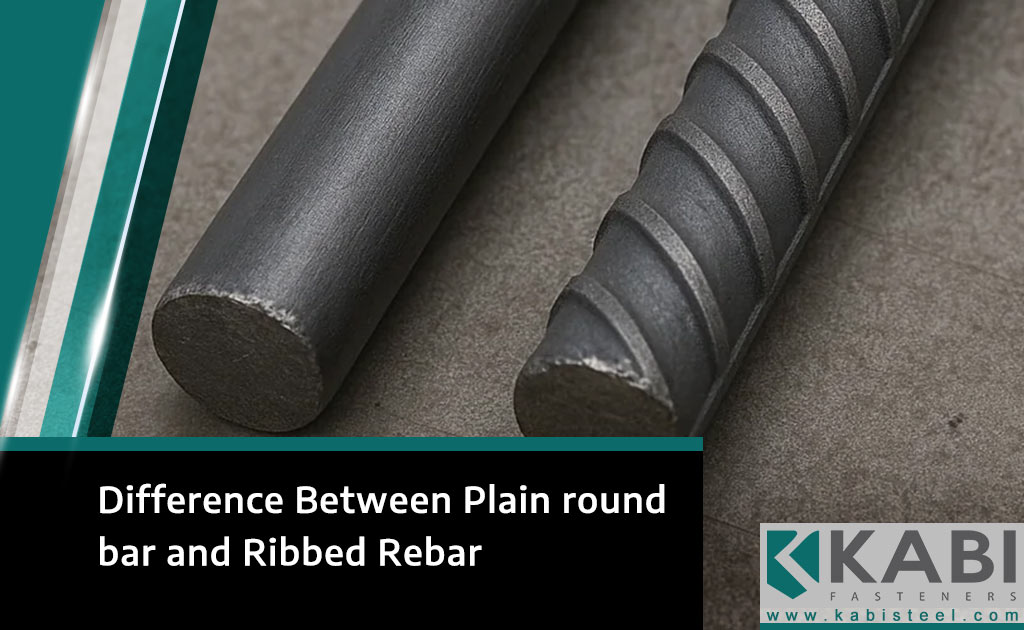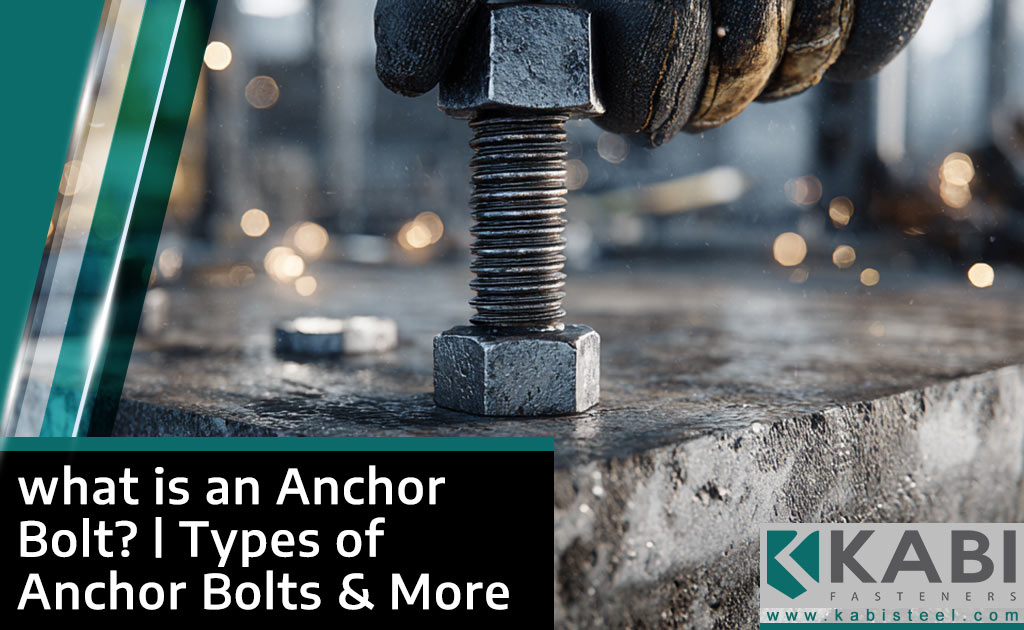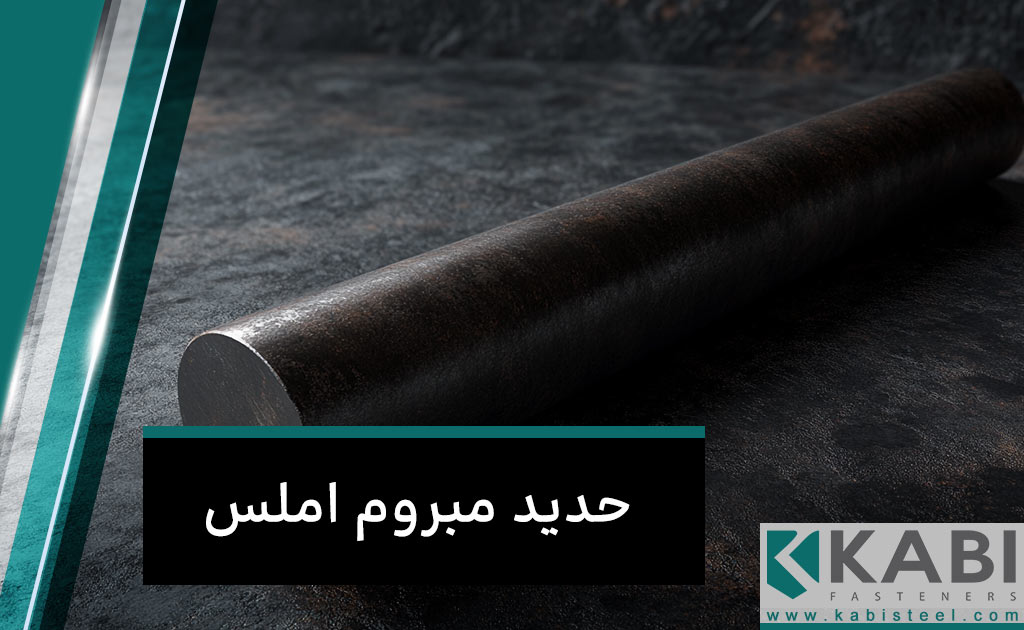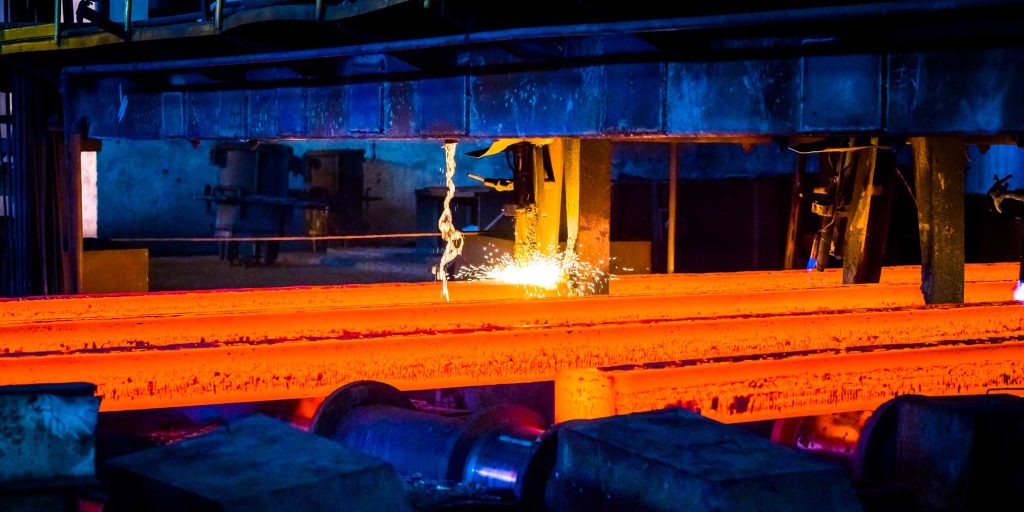
- +98 939-202-0264
- pr@kabisteel.com






Hot rolled carbon steel is a fundamental material in various industries due to its unique manufacturing process and versatile applications. This article delves into the intricate process of hot rolling carbon steel, highlighting its numerous advantages and exploring the wide array of applications that benefit from its properties.
Hot rolling is a manufacturing technique used to shape carbon steel into desired forms while it’s at an elevated temperature. This process involves passing the steel through rollers at high temperatures, typically above its recrystallization temperature. The extreme heat and pressure impart specific mechanical properties to the steel, resulting in improved structural integrity and enhanced formability.
Enhanced Mechanical Properties: Hot rolled carbon steel exhibits improved tensile strength and ductility due to the recrystallization process. This makes it suitable for applications requiring high load-bearing capacities.
Cost-Effective Production: The hot rolling process is relatively cost-effective compared to other methods, making it a preferred choice for producing large quantities of steel products.
Reduced Defects: The high temperatures during hot rolling eliminate defects like porosity and shrinkage, leading to more consistent and reliable end products.
Versatility in Shapes: Hot rolled steel can be easily molded into various shapes, including sheets, bars, and structural sections, catering to diverse industrial needs.
Improved Weldability: The enhanced formability of hot rolled carbon steel simplifies welding and fabrication processes, contributing to its widespread use in construction and manufacturing.
Structural Components: Hot rolled steel finds extensive use in construction for manufacturing beams, columns, and other structural components due to its high strength and durability.
Automotive Industry: The automotive sector benefits from hot rolled steel’s formability and strength, using it to produce chassis components, engine parts, and other critical elements.
Pipelines and Infrastructure: Hot rolled steel pipes are widely employed for oil and gas transportation and in building infrastructure such as bridges and pipelines.
Industrial Machinery: The manufacturing industry relies on hot rolled steel for machinery parts, including gears, axles, and bearings, owing to its excellent mechanical properties.
Railway Tracks: Hot rolled steel rails provide a sturdy and long-lasting foundation for railway tracks, ensuring safe and efficient transportation.
The process of hot rolling carbon steel offers a range of advantages, from enhanced mechanical properties to cost-effective production. Its versatility and durability make it an essential material across industries, serving as a backbone for structural projects, industrial machinery, transportation, and more. Understanding the benefits and applications of hot rolled steel is crucial for engineers, manufacturers, and decision-makers seeking reliable and high-performance materials.